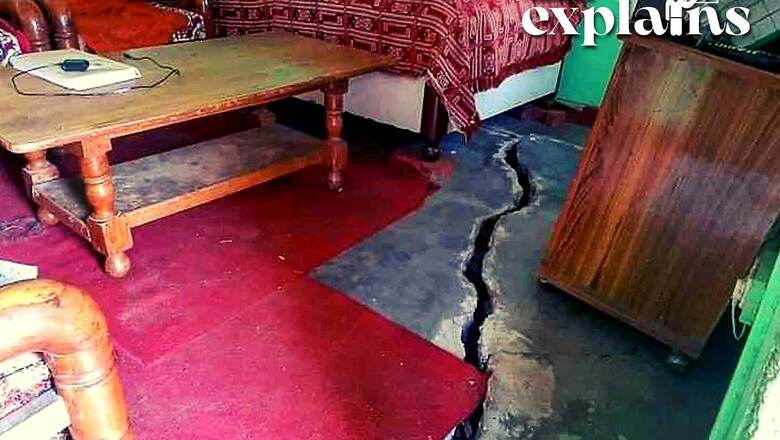
views
“Joshimath is sinking.” While a national news headline for the country, it’s a lived reality for those whose homes have developed scary cracks. As of Sunday, eleven more families in Joshimath were moved to safe locations as the number of houses developing cracks in the sinking town rose to 603, PTI reported.
The number of families who have so far been evacuated stands at 65 with another 11 moving to temporary relief camps on Saturday from houses that had developed cracks, Chamoli district disaster management officer N K Joshi said. Meanwhile, Uttarakhand Chief Minister Pushkar Singh Dhami visited Joshimath on Saturday to assess the situation on the ground.
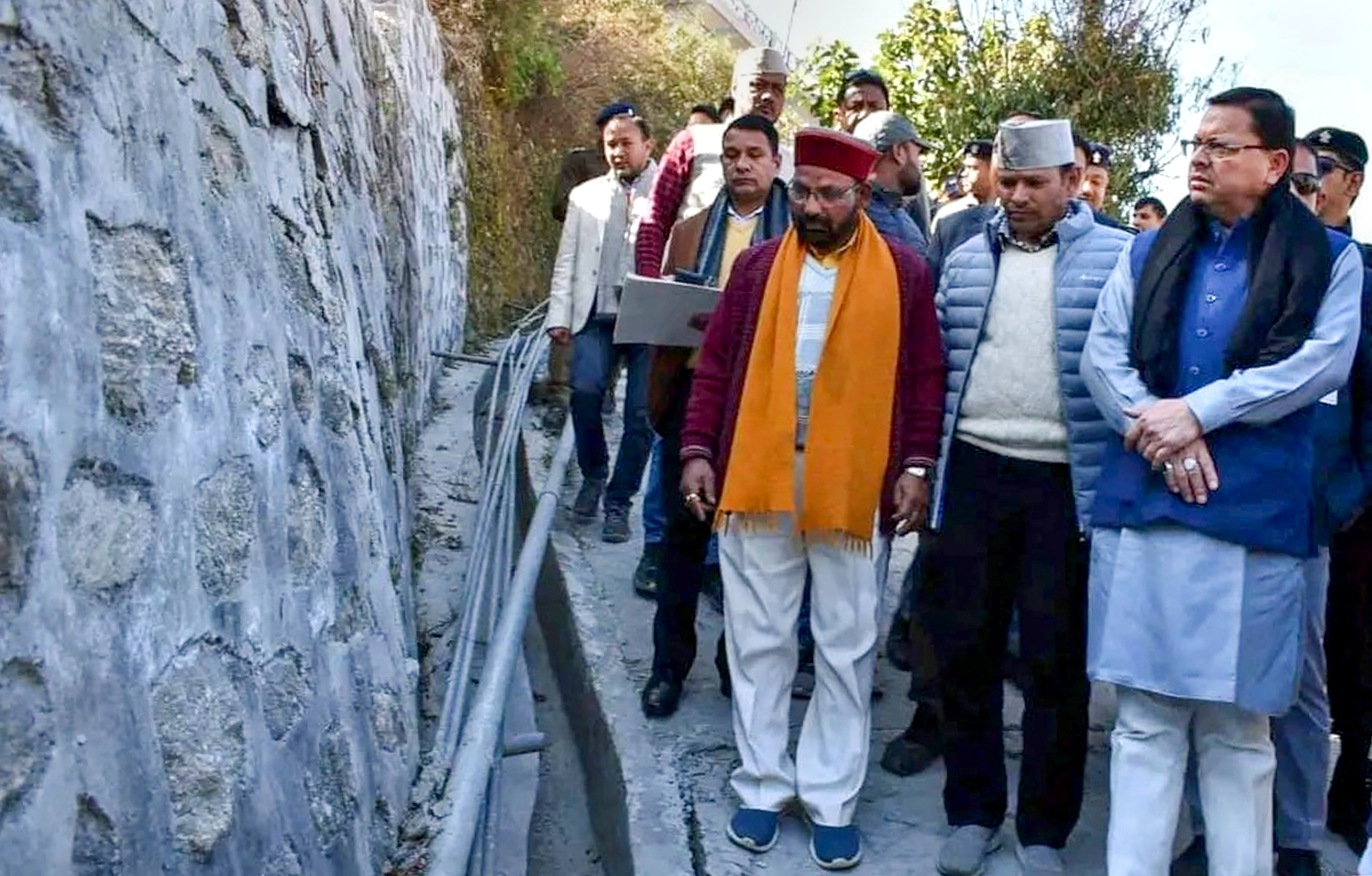
But the real question is, what now? While the government is evacuating people and working on rehabilitation, while assessing the deeper problem, here’s what experts have pointed out which should be lessons going forward:
Migration, Tourism Footfall in Sensitive Areas is a Problem
Experts say it is. A report by the Times of India talks about how while 2022 was a great year for tourism for Uttarakhand, it also raised questions over the ‘infrastructure availability, carrying capacity of hill towns, and other key factors’ essential to the safety and well-being of the residents.
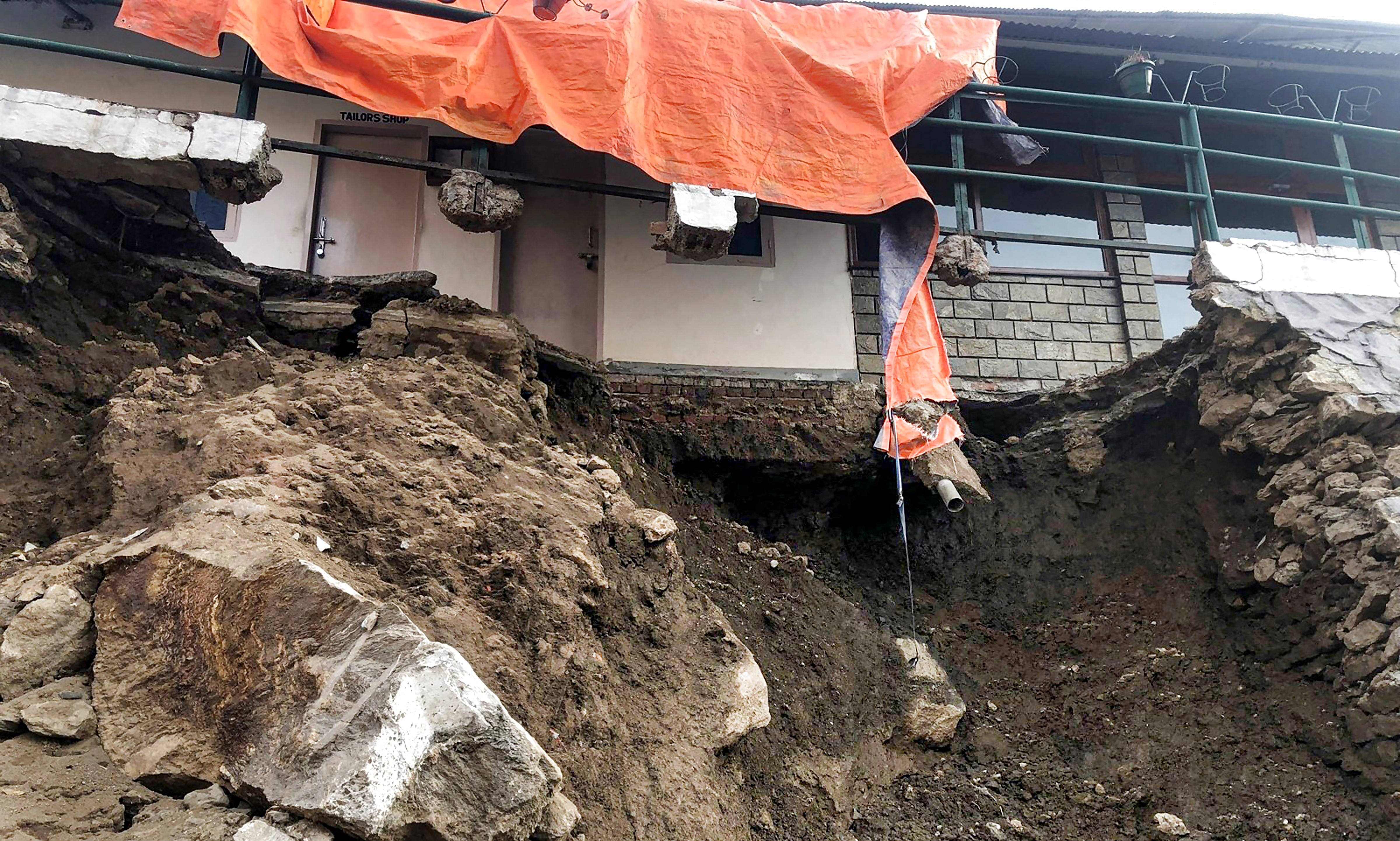
Joshimath received 4.9 lakh visitors in 2019, 4.3 lakh in 2018, and 2.4 lakh in 2017. Similarly, the number of devotees in Char Dham towns was 24 lakh in 2017 and nearly doubled to 45 lakh by 2022. The burden on two major hill stations, Mussoorie and Nainital, is also increasing. With the exception of the two seasons affected by the Covid pandemic (2020 and 2021), there has been a significant increase in the number of tourists visiting these tourist destinations, the report said.
Anil Joshi, founder of Doon-based Himalayan Environment Studies & Conservation Organisation (HESCO), told TOI that a lot must be learned from Joshimath’s experience.
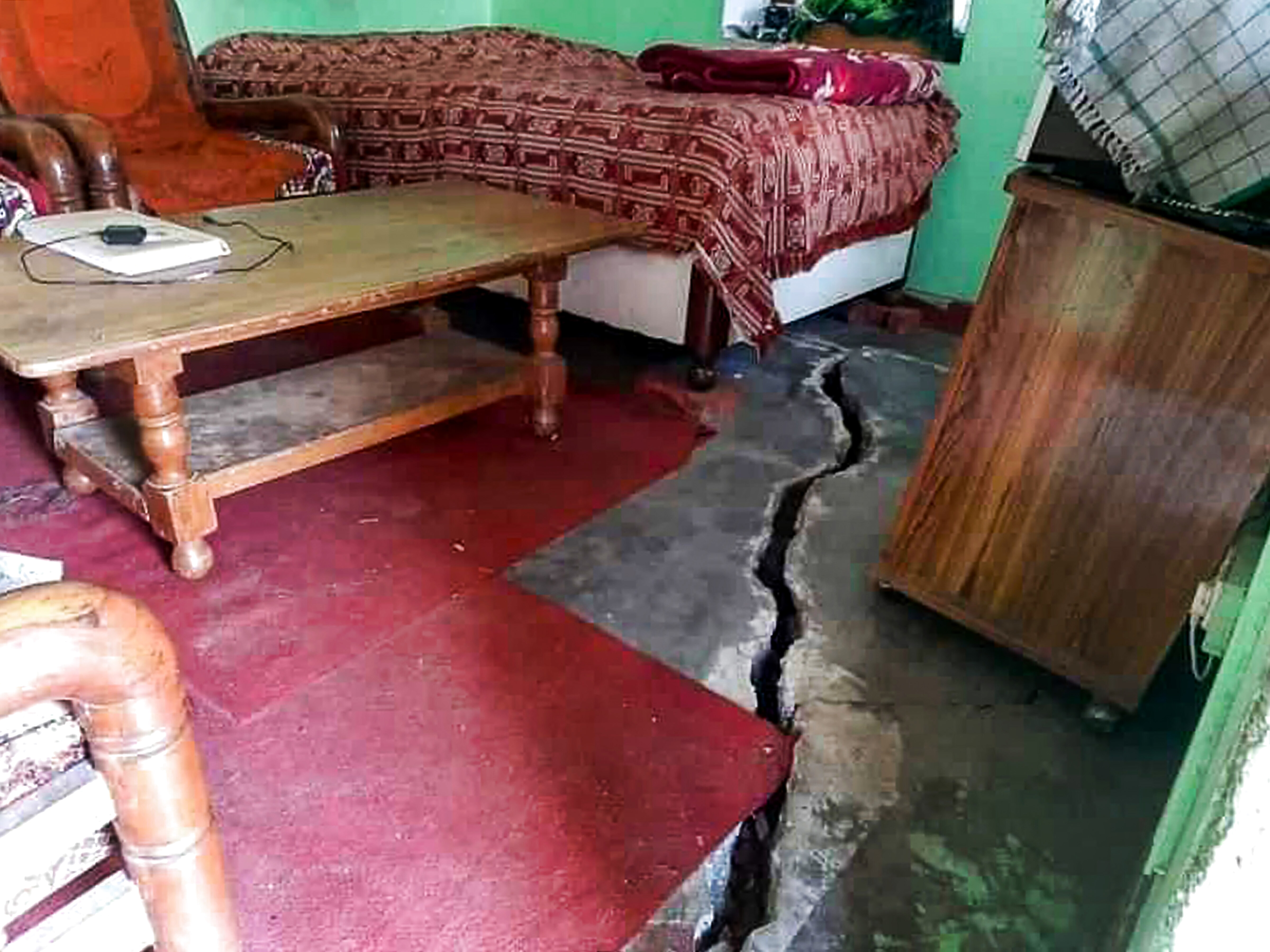
A scientific study of hill towns is required. We need to know about their carrying capacity from the perspective of both visitors and locals, he said, adding that Joshimath had a population of a few thousand people in 1976, but due to migration, the population had now risen to 25,000. “Each town has a limit, and we need to keep that in mind,” he told the publication.
Multiple Man-made Prongs to a Geological Problem
While the cause may be geological, experts have not shied away from pointing out man-made causes of the potential disaster. Anjal Prakash, faculty member at ISB Hyderabad and IPCC Author on Joshimath, told India Today that the main reason has been the Hydro Power Project. He explained that the tunnel-building process disrupted the area’s water regimes.
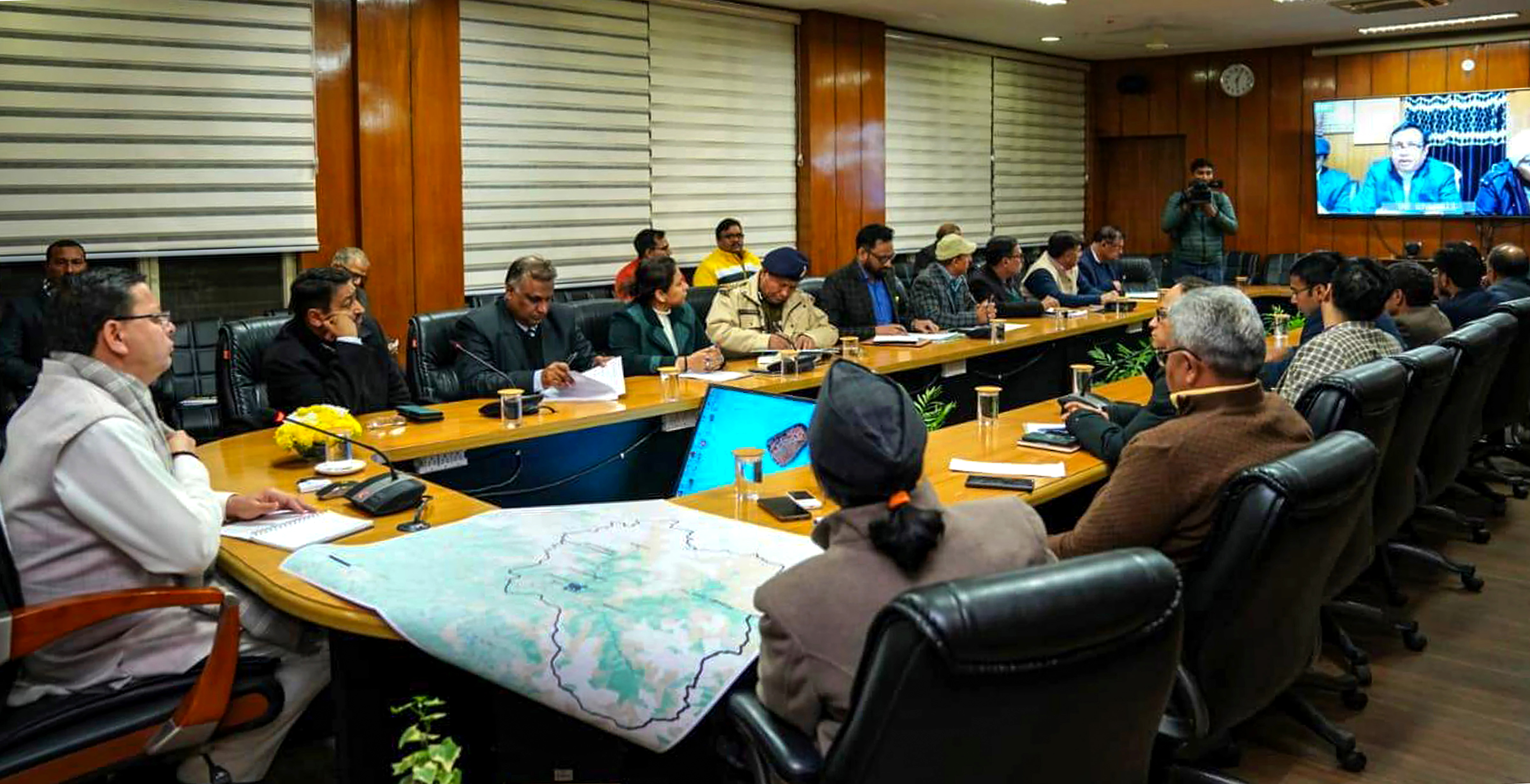
Dr Ranjit Sinha, Disaster Secretary, denied that development work was the cause of the widespread disaster in Joshmath. In fact, he blamed the construction of the NTPC tunnel and Helang Marwari Bypass for the rapid cracking of Joshimath’s land and houses. He acknowledged that Joshimath is a city built on a fragile surface, so resolving the drainage issue was critical, as was getting residents to a safe location. Dr Sinha also agreed that no structures taller than 12 metres should have been constructed in Joshimath, the report said.
Professor Yashpal Sundriyal of Hemwati Nandan Bahuguna University’s Geology Department, on the other hand, claims that the excessive building and drainage problems are to be blamed. The Uttarakhand government has banned all construction activities in and around Joshimath following the discovery of cracks in buildings caused by land subsidence.
Anjal Prakash further told Business Today that Uttarakhand’s historic town will be destroyed if an under-construction National Thermal Power Corporation (NTPC) project near it is not halted. Prakash said that the tunnelling process disrupts the area’s water regimes. “They have shattered a groundwater regime that feeds both surface and groundwater. That water is now gushing out,” he said. To avoid such incidents, Prakash suggested evacuation and that hydropower projects be reconsidered and reviewed.
Climate Change is the Future
A report by Down to Earth explains that Unusual weather events in the Uttarakhand Himalayas have already become more common. They are increasing the frequency and severity of (spring season) forest fires, avalanches, flash floods, and landslides. According to a recent Himalayan study, human-caused climate change accelerated warming of the world’s highest mountain range and the Tibetan Plateau by 0.2 degrees Celsius per decade between 1951 and 2014.
High-elevation areas (above 4 km) in particular experienced amplified warming at a rate of about 0.5 °C per decade. Except for the high-elevation Karakoram Himalayas, many areas in the Himalayan region have seen glacier retreat and a significant decrease in wintertime snowfall in recent decades. Future warming in the region, which is expected to be in the 2.6-4.6°C range by the end of the twenty-first century, will exacerbate snowfall and glacier decline, resulting in significant hydrological and agricultural impacts, it explains.
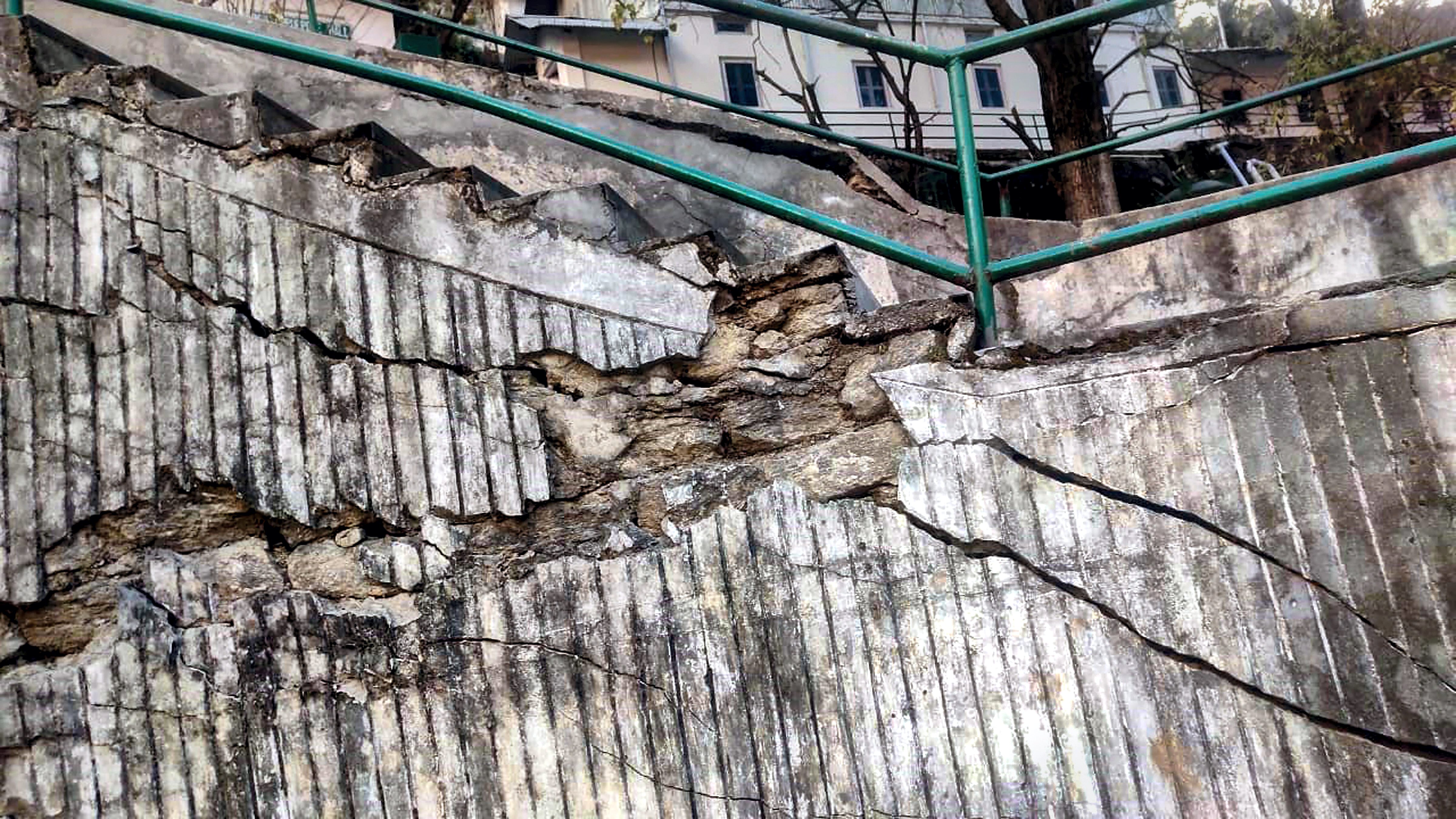
In the Uttarakhand section of the Himalayas, there are approximately 900 glaciers covering approximately 2,857 square kilometres of geographical area. In areas above 2,500 metres, receding glaciers in the Uttarakhand Himalayas have left massive sediment deposits. These sediments have the potential to cause devastating floods during unusual weather events as the climate warms.
This necessitates not only routine monitoring of glacial lakes, but also the inclusion of disaster risk assessment in development planning, the report argues.
Read all the Latest Explainers here



















Comments
0 comment